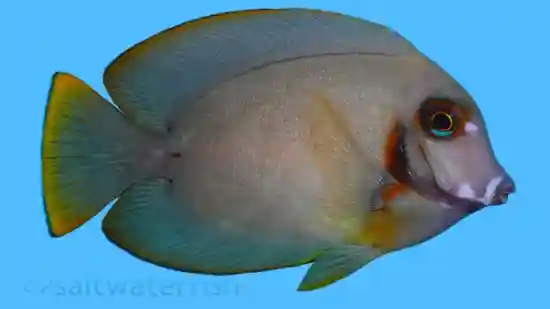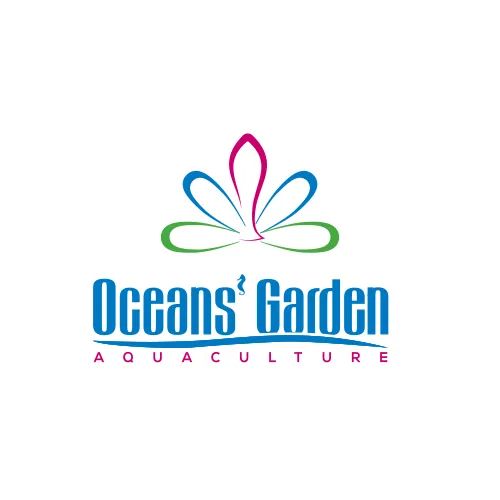Blue Hippo Tang - Central Pacific
Paracanthurus hepatus
(0 Reviews)

Blue Hippo Tang - Central Pacific
Paracanthurus hepatus
(0 Reviews)
{{ item.name }}
Size: {{ item.extra_field_3 }}
${{ getFormattedPrice(item.saleprice) }} ${{ getFormattedPrice(item.price) }}
To join the waiting list, click here
Free Shipping
With
$199.00
or more in Marine Life.
More details...
Blue Hippo Tang - Central Pacific Care Facts
| Care Level: | Expert |
|---|---|
| Temperament: | Peaceful |
| Reef Safe: | Yes |
| Diet: | Flake, Pellet, Brine, Greens |
| Origin: | Indian Ocean |
| Acclimation Time: | 3+ hours |
| Coral Safe: | Yes |
| Invertebrate Safe: | Yes |
| Minimum Tank Size: | 180 gallons |
Blue Hippo Tang
The Blue Hippo Tang, native to warm Indo-Pacific waters, including the Red Sea and Hawaiian Islands, inhabits coral-rich reefs, feeding primarily on algae. Reef-safe and peaceful, it grows up to 12 inches and can live over a decade in a spacious aquarium. Their diet includes algae-based foods, supplemented with marine algae and greens. When selecting tank mates, choose peaceful species, and provide ample space and hiding spots in a coral-rich environment. Captive-bred options support sustainable practices in the aquarium trade, reducing pressure on wild populations.
Habitat
Found in the warm Indo-Pacific waters, the Blue Hippo Tang thrives in coral-rich reefs, ranging from the Red Sea and eastern Africa to Hawaiian waters, feeding primarily on algae.
Reef Compatibility
The Blue Hippo Tang is a reef-friendly species, coexisting peacefully with corals and invertebrates, making it a great addition to reef aquariums due to its algae-eating habits.
Size and Lifespan
Reaching up to 12 inches in length, the Blue Hippo Tang is among the larger tang species and can live over ten years in spacious, well-cared-for aquariums.
Dietary Needs
As herbivores, they consume a variety of algae. A balanced diet of high-quality algae-based foods and marine algae supplements is crucial for captive Blue Hippo Tangs.
Aquaculture Efforts
To meet high demand, successful breeding through aquaculture is increasing, offering a sustainable option that lessens the impact on wild populations.
Compatibility and Tank Mates
Best kept with peaceful, non-aggressive fish, Blue Hippo Tangs require a large aquarium with ample hiding spots to prevent territorial behavior.
Aquarium Requirements
Mimicking their natural coral-rich reef habitat with plenty of swimming space and live rock for grazing and hiding is key to maintaining a healthy Blue Hippo Tang.
Alternative Names
The Blue Hippo Tang is also known as Palette Surgeonfish, Regal Tang, Royal Blue Tang, or Blue Tang, admired for its beauty and reef-safe nature in saltwater aquariums.
Reviewed by: Sean Taing on Jan. 1, 2025
Reviewed by: Abbas Elzein on Nov. 18, 2024
Reviewed by: John Mccullough on Sept. 2, 2024
Reviewed by: Jeffrey Bagley on Aug. 5, 2024
I am Very Pleased with the time it took and the quality of these fish received. (2) The Blue Hippo/s are doing well after 11 days. The only thing is that I paid for a next size up and received the bottom of that range. That was OK! (Nitpicking) However, it was the top of the lesser price range. Getting them to eat was easy!!! They love Pellets. Love these fish!
Reviewed by: Reynold Rossi on March 6, 2017















